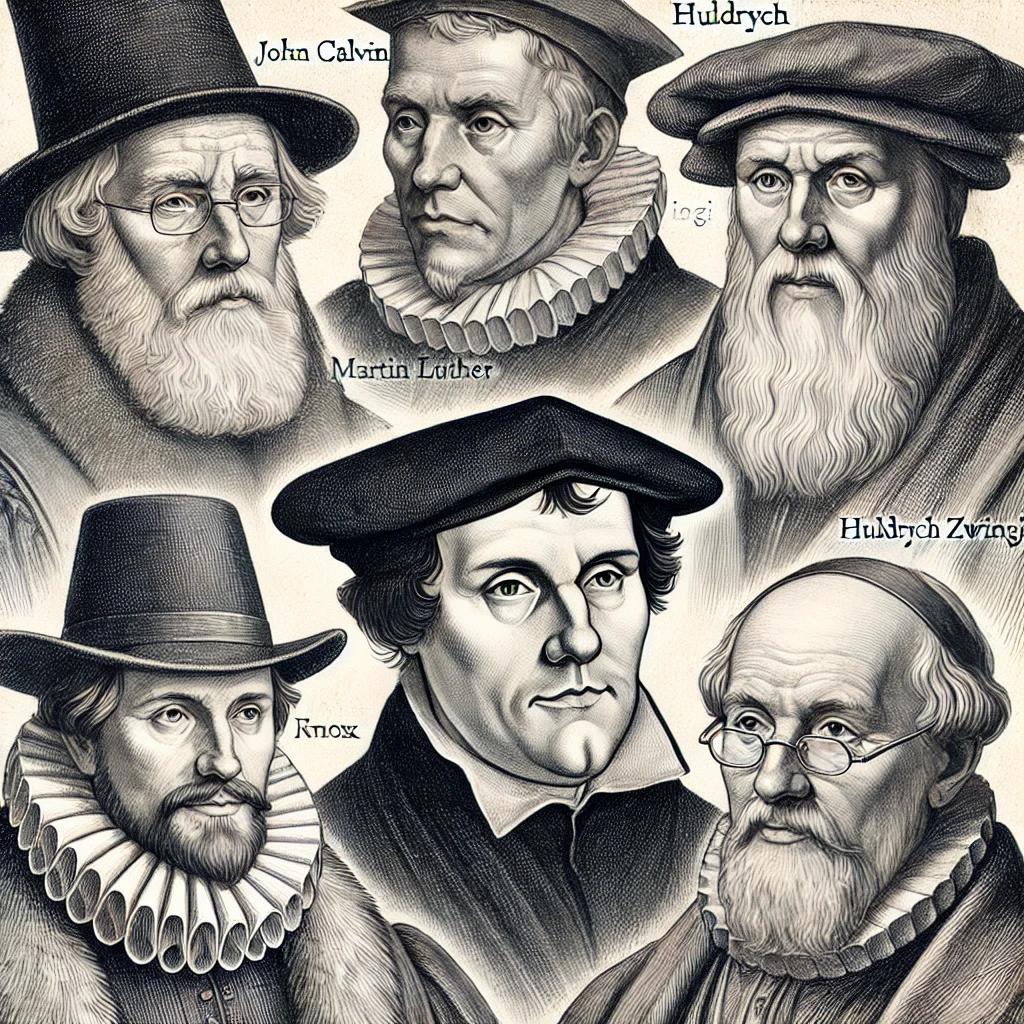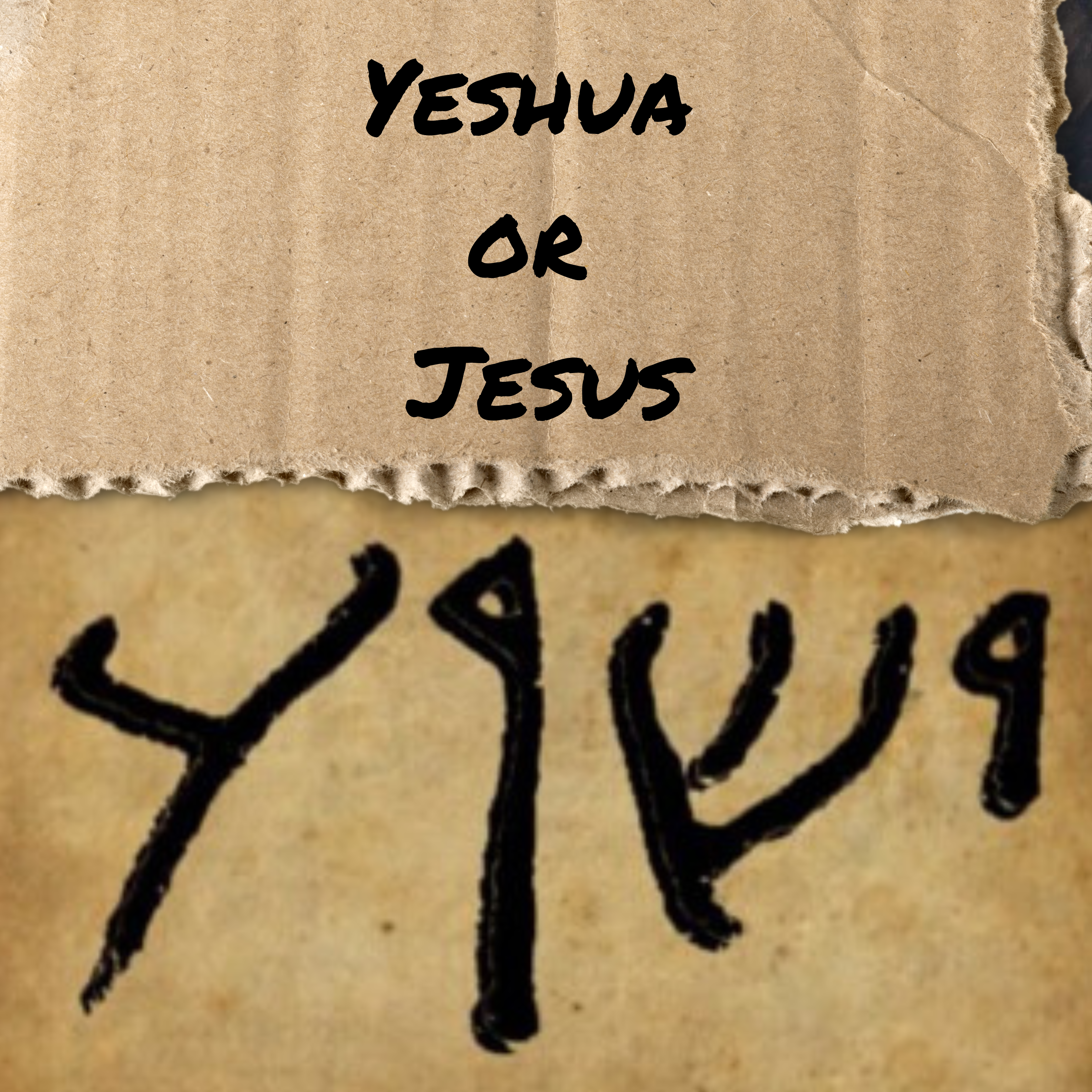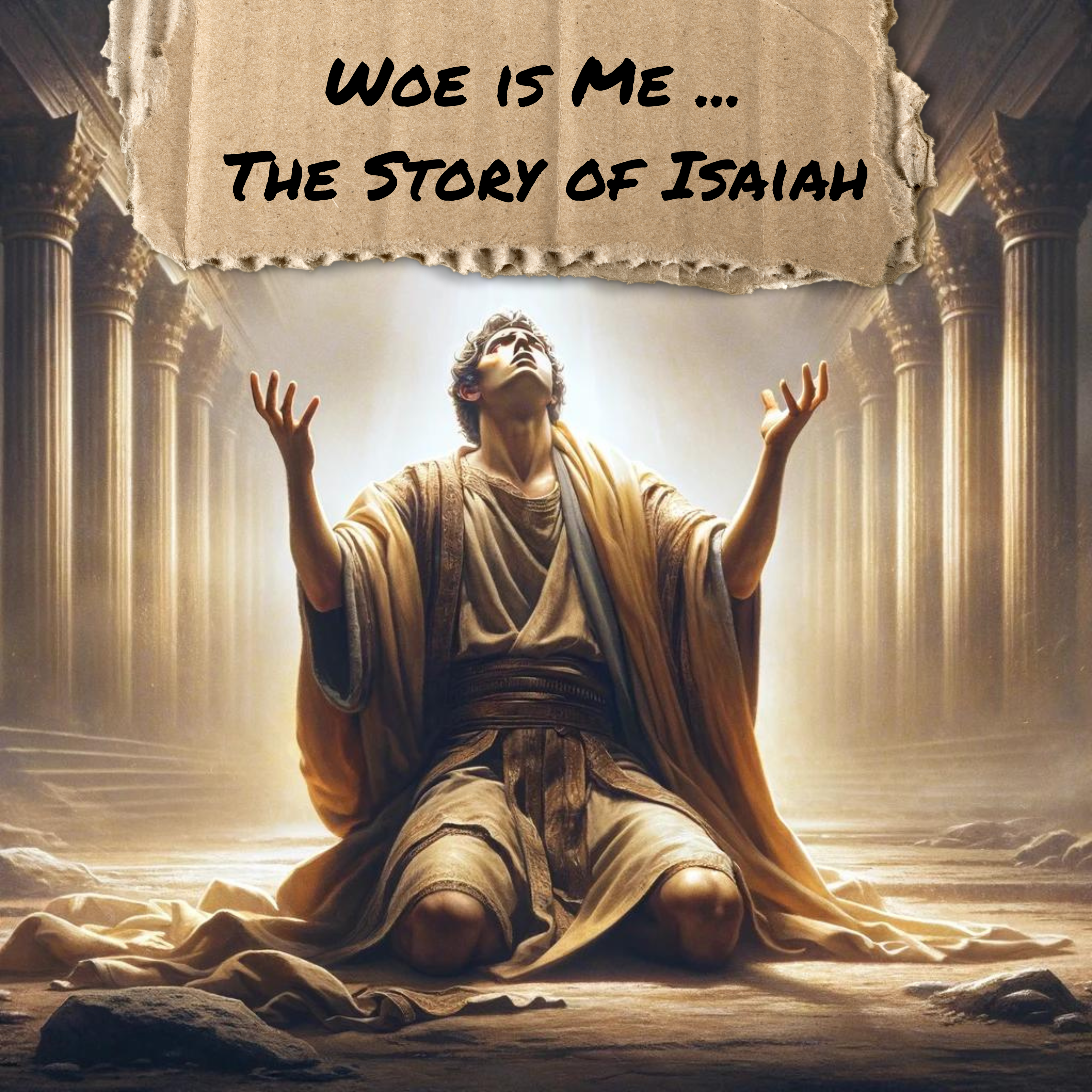
Prayer before meals is a ritual observed by various cultures and religions worldwide, a tradition as old as the concept of mealtime itself. Rooted in gratitude and reverence, praying before eating is a practice that spans across continents, reflecting humanity’s inherent desire to express thanks for the earth’s bounty and the efforts that bring food to the table.
Ancient Beginnings
The act of praying before meals can be traced back to ancient civilizations. The Greeks and Romans offered libations and a portion of food to their gods before banquets, invoking blessings and favor. This was not only a sign of thankfulness but also a plea for continued providence.
In Jewish tradition, blessing food is a practice prescribed by the Torah. The “Birkat Hamazon,” a set of blessings recited after meals, includes a pre-meal blessing known as “HaMotzi,” thanking God for “bringing forth bread from the earth.”
Early Christianity and Beyond
Early Christians continued the Jewish custom of saying grace before meals. The practice is reflected in the New Testament, where Jesus gives thanks before the feeding of the five thousand and at the Last Supper. These moments highlight the significance of gratitude in Christian doctrine, which has endured through the ages.
As Christianity spread, so did the custom of praying before meals, with variations arising according to denominational beliefs and cultural influences. The traditional Catholic grace, “Benedic, Domine,” implores God to bless the food to the bodies and the bodies to His service.
The Middle Ages to the Modern Era
During the Middle Ages, monastic communities would pray the Psalms at mealtimes, a practice that emphasized the sanctity of daily sustenance. In the Islamic world, the Prophet Muhammad’s teachings included prayers before eating, highlighting the act of eating as a moment to remember and thank Allah.
The Protestant Reformation brought about an emphasis on personal piety, and praying before meals became a common household practice among the emerging Protestant sects. Families would often read from the Bible and offer prayers of thanksgiving in a domestic setting, reinforcing religious values within the home.
Global Traditions and Practices
Across the globe, various other religious traditions maintain their own practices of mealtime prayers. Hindu rituals may include offering the first portion of food to deities, while Buddhist chants before meals express gratitude and a wish to relieve the suffering of all beings.
In many Native American cultures, giving thanks for food is part of a broader reverence for nature’s gifts. Similarly, African and Pacific Islander traditions often involve communal expressions of thanks, integrating mealtime prayers with songs and dances.
The Contemporary Table
Today, saying grace before meals continues in many parts of the world, though the practices and words might vary. In secular contexts, a moment of silence or a secular “grace” might be observed, focusing on thankfulness for the food, the hands that prepared it, and the company with which it’s shared.
In a fast-paced modern society, the tradition of praying before meals serves as a pause, a moment of mindfulness and reflection. It can be an opportunity to slow down, acknowledge the journey from farm to table, and reconnect with the communal and spiritual dimensions of eating.
Conclusion
The history of praying before meals is a tapestry, interwoven with threads of gratitude, community, and spirituality. While the expressions of thanks may differ, the essence remains the same: recognizing the nourishment provided and the greater forces—divine or natural—that make it possible. As long as people gather to eat, the tradition of giving thanks for food will likely continue to be a meaningful part of human experience.






